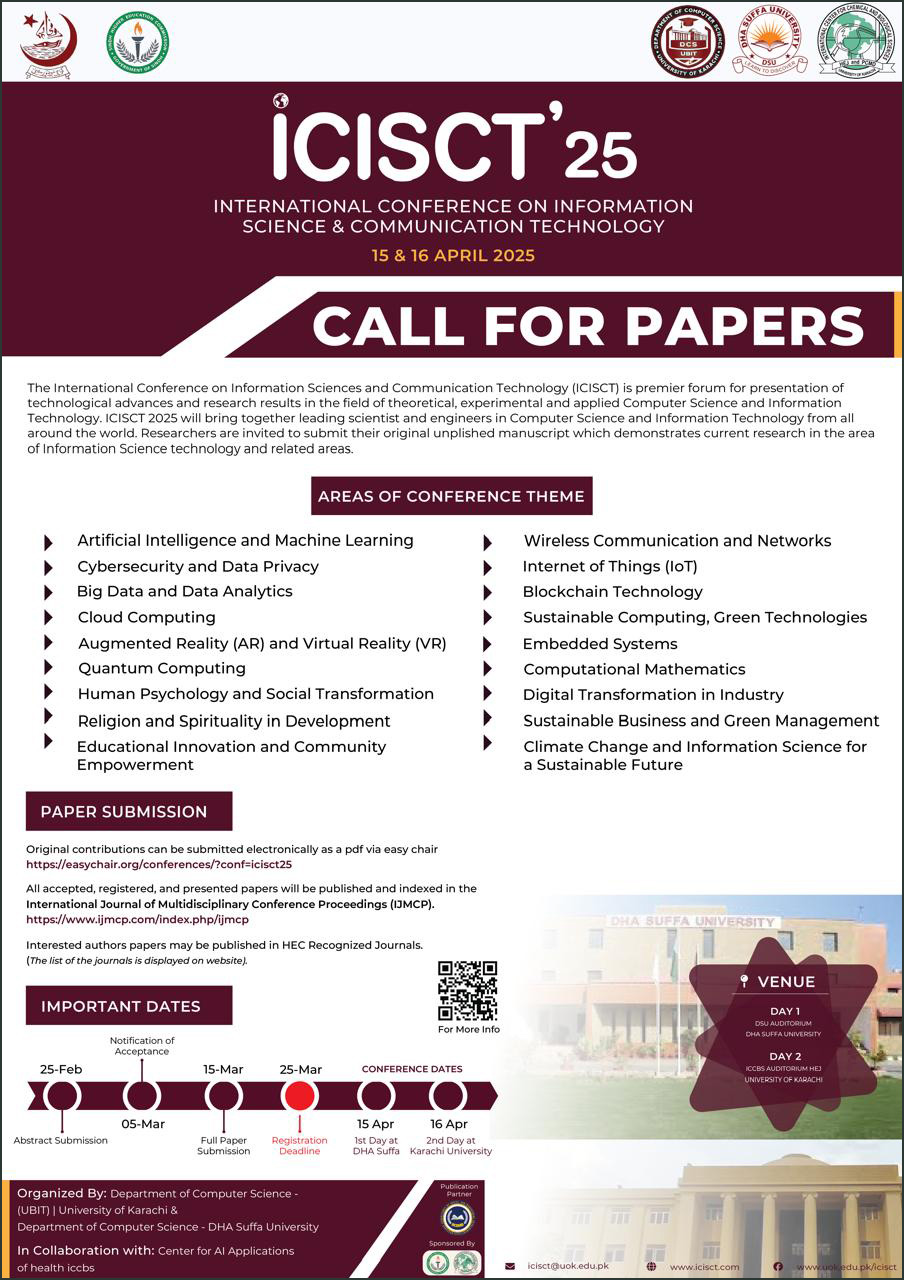Impact of Risk Tolerance, Overconfidence, and Financial Literacy on Investment Decision-Making
Keywords:
Risk Tolerance, Overconfidence, Financial Literacy, Investment Decision-Making, Financial PlanningAbstract
This study explores how risk tolerance, overconfidence, and financial literacy influence individual investment decision-making. Risk tolerance reflects an investor’s ability to accept uncertainty, while overconfidence can lead to misjudged financial outcomes. Financial literacy, on the other hand, is a critical enabler for making informed and effective decisions. Using a quantitative research design, primary data were collected through a survey questionnaire distributed to 300 individual investors in mutual funds. A convenience sampling technique was employed. The data were analyzed using SPSS and Smart PLS-SEM to test relationships. The findings indicate that financial literacy significantly improves investment decision-making, while overconfidence can have a dual impact depending on risk levels. Risk tolerance positively influences willingness to diversify investments. Additionally, financial planning mediates the relationship between financial literacy and investment performance. Additionally, the findings highlight the need to address overconfidence biases in investors, as they can lead to suboptimal decisions. Policymakers and financial advisors should focus on promoting education and providing tools to assess risk tolerance effectively.





